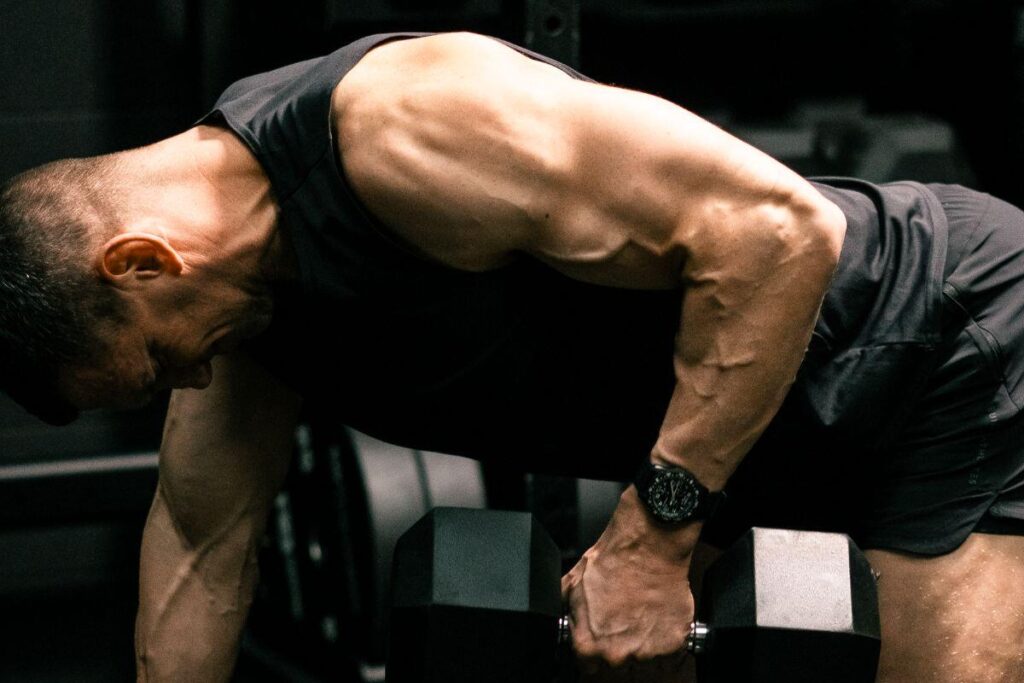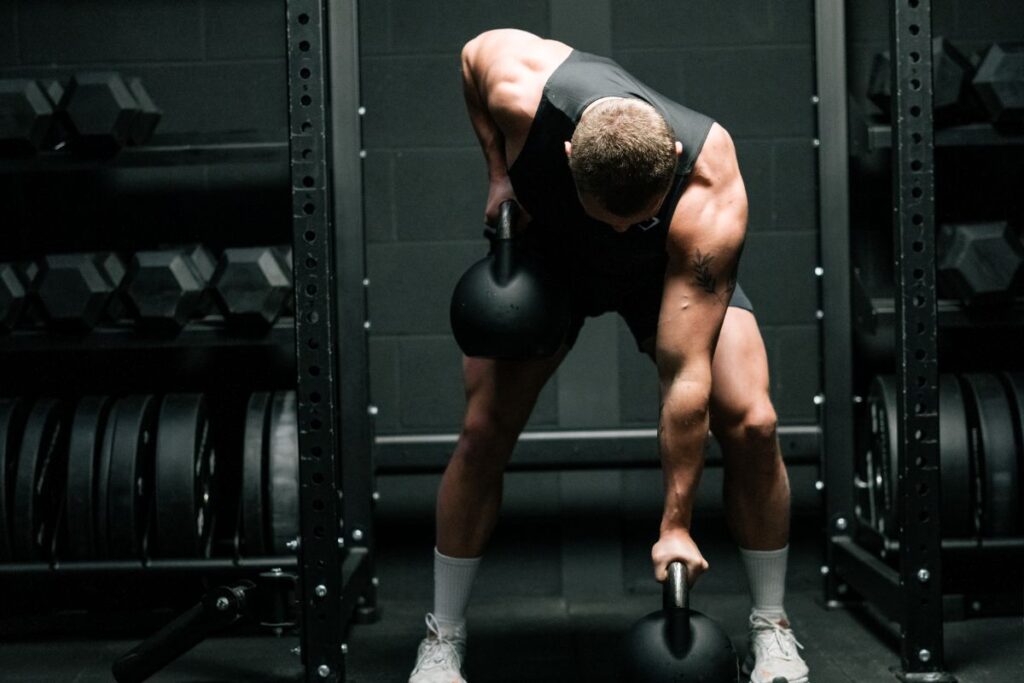Most people assume that building muscle requires eating in a calorie surplus. While it’s true that having excess calories can support muscle growth, it’s not the only way to gain strength and size. If your goal is to build muscle while also shedding fat, the good news is it is possible – but only if you take the right approach.
In this blog, we’ll break down the science behind muscle growth in a deficit, the key factors that make it work, and how to avoid common mistakes that could hold you back.
Let’s get right into it!
How Strength Training Preserves Muscle Mass When Cutting
When you’re in a calorie deficit (burning more calories than you consume), your body looks for energy sources to sustain itself. Without proper training, your body may start breaking down muscle along with fat. However, strength training signals your body to hold onto muscle and prioritise fat loss instead.
The key is resistance training with progressive overload (gradually increasing weights, reps, or intensity). This keeps your muscles engaged and forces them to adapt, reducing the likelihood of muscle loss even while consuming fewer calories.
Here are some of our top tips when strength training while in a calorie deficit:
- Focus on compound movements like squats, deadlifts, bench presses, and rows to engage multiple muscle groups and maximize efficiency
- Train at least 3-4 times a week to maintain muscle activation and encourage growth
- Prioritise strength over excessive cardio, as too much cardio can lead to increased muscle breakdown.

The Importance of Protein Intake for Muscle Retention
When you’re in a calorie deficit, protein becomes your best friend. Protein helps repair and rebuild muscle fibres, keeping them strong even when your body is in a fat-burning state.
Follow our expert tips below when it comes to protein intake:
- Aim for 1.6-2.2g of protein per kg of body weight daily to maintain and build muscle
- Space your protein intake throughout the day, including high-quality sources like lean meats, fish, eggs, dairy, and plant-based alternatives
- Consider protein shakes if you’re struggling to hit your daily intake – especially post-workout when muscle recovery is crucial.
A high-protein diet doesn’t just help with muscle retention; it also keeps you fuller for longer, making it easier to stick to your calorie deficit without feeling constantly hungry.
The Role of Progressive Overload When Training in a Deficit
Many people make the mistake of reducing training intensity when cutting calories. While you may not hit PRs every session, it’s essential to keep challenging your muscles to stimulate growth.
Ways to implement progressive overload in a deficit:
- Increase weight gradually (even small increments matter)
- Add more reps or sets to your workouts
- Improve time under tension (slow down the eccentric phase of movements)
- Reduce rest times slightly to increase workout intensity

How to Have Energy in a Calorie Deficit
One of the biggest concerns when training in a calorie deficit is low energy levels. To combat this, we recommend:
- Prioritise nutrient-dense foods (whole grains, lean proteins, healthy fats, and plenty of vegetables) to fuel your workouts efficiently
- Time your carbs wisely – eating more around workouts can help maintain energy and performance
- Stay hydrated – dehydration can lead to fatigue and reduced strength output
- Get quality sleep – rest is when your muscles recover and grow. Aim for at least 7-9 hours per night.
Common Calorie Deficit Mistakes That Stop Progress
Cutting calories too aggressively can have negative effects on your body, especially if the deficit is too severe.
While reducing calories is essential for fat loss, an extreme shortage can lead to muscle loss, slower metabolism, and poor recovery. Your body needs adequate fuel to maintain muscle mass and perform optimally, so a more moderate and sustainable deficit is key.
Similarly, overdoing cardio, particularly steady-state cardio, can interfere with muscle retention. While cardiovascular exercise is beneficial for heart health and fat loss, excessive amounts can lead to muscle breakdown and hinder strength gains. A balanced approach that includes strength training and controlled cardio sessions is more effective for preserving lean muscle.
Another crucial factor when in a calorie deficit, as mentioned above, is protein intake. Without enough protein in your diet, muscle breakdown can occur more rapidly, making it harder to maintain or build muscle while losing fat.

Lastly, tracking progress correctly is key. Relying solely on the scale can be misleading, as weight fluctuates due to factors like water retention and muscle gain. Instead, it’s important to measure strength levels, performance improvements, and changes in body composition to get a clearer picture of your progress.
Using progress photos, measurements, and strength benchmarks will give you a more accurate assessment of your fitness journey.
Final Thoughts: Can You Really Build Muscle in a Deficit?
The simple answer to this question is yes, you can build muscle while losing fat, but it requires a strategic approach. Strength training, adequate protein intake, progressive overload, and smart energy management are the keys to making it work.
If you’re looking for a structured plan to help you maximise results, SW7 Academy’s Train Online membership offers 13+ expertly designed training programmes – including Built for Athlete and Functional Bodybuilding, designed to help you train effectively while maintaining muscle in a deficit.
And for more tips and insights from our knowledgeable team, check out our health & fitness advice page, covering topics like ‘Personal Trainer Vs Fitness App‘, ‘The 5 Best Strength Training Exercises‘, ‘How to Stay Motivated to Workout in the Winter‘, and ‘Achieving Your Body Composition Goals‘.
